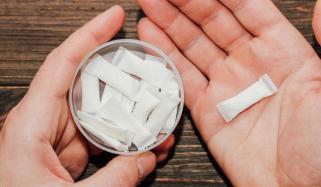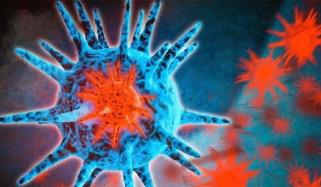
Liam Payne, the former One Direction singer, who died after falling off his hotel balcony in Argentina capital, Buenos Aires, on October 16, 2024, had one more drug in his body at the time of death as per the initial toxicology report.
According to the preliminary report, the Night Changes singer was exposed to cocaine, told an official to Associated Press, where he also cleared that the initial reports that suggested that the singer died from “polytrauma” and an “internal and external hemorrhage” after falling were inaccurate.
As per a source reported information to ABC News, the toxicology reports suggested that Liam Payne had “multiple substance” in his system that also included “pink cocaine.”
What is Pink Cocaine?
Pink cocaine, also known as Tusi or Tuci, is a combination of multiple substances like ketamine, opioids, methamphetamine, and MDMA.
As per Fox News, Dr. Chris Tuell, who is the clinical director of addiction services at Ohio’s Lindner Center of HOPE, told that pink cocaine does not contain any cocaine
Instead, the drug is a powdery mixture consisting of psychoactive substances such as hallucinogens, anti-anxiety medications, stimulants and depressants.
Meanwhile, Mell McCracken, the executive director of No Matter What Recovery in LA, told the outlet that the drug gets its bright pink color due to the food dye added into it. The drug is becoming popular because of its “psychedelic and stimulant properties.”
He also told that those who consume pink cocaine report that the effect this drug causes is similar to the other street drug called MDMA or ecstasy.
However, McCracken warned that the drug can have serious consequences and can even be fatal if consumed in large doses.
The executive director also said that consumption of pink cocaine can result in anxiety, paranoia, and panic attacks due as it causes an increase in heart rate, blood pressure, and body temperature.
This combination of factors often leads to heart attacks and strokes, he warned.
Furthermore, other side effects of pink cocaine also include vomiting, body ache, tremors, nausea, and if use consistently, it can also lead to chronic mental health conditions such as depression, panic attacks, social phobias, and anxiety disorders.















